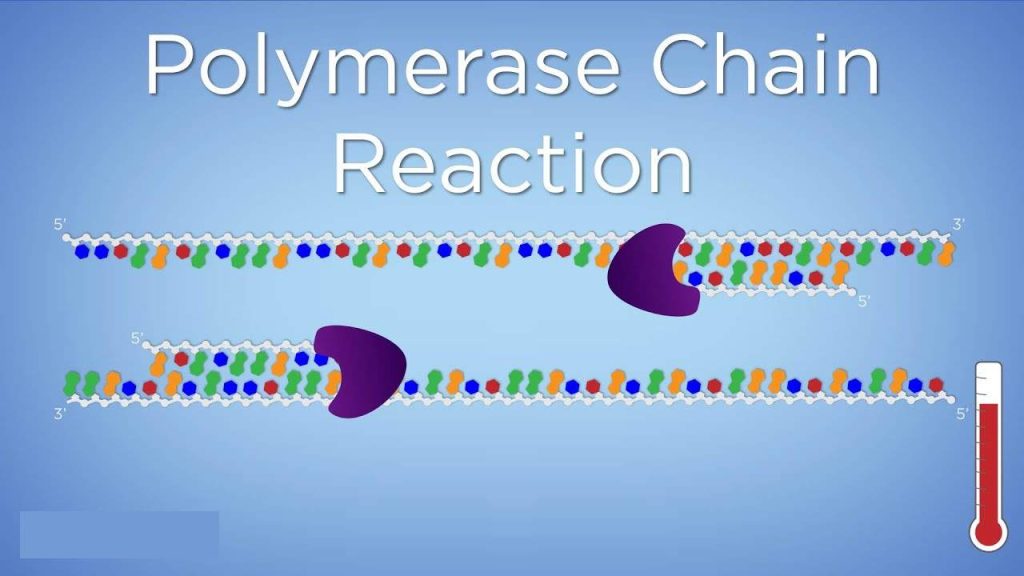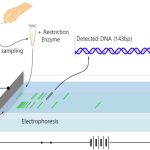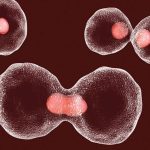DNA analysis often requires focusing on one or more specific regions of the genome. It also frequently involves situations in which only one or a few copies of a DNA molecule are available for further analysis. These amounts are insufficient for most procedures, such as gel electrophoresis. Polymerase chain reaction (PCR) is a technique used to rapidly increase the number of copies of specific regions of DNA for further analyses (Figure 10.4). PCR uses a special form of DNA polymerase, the enzyme that replicates DNA, and other short nucleotide sequences called primers that base pair to a specific portion of the DNA being replicated. PCR is used for many purposes in laboratories. These include: 1) the identification of the owner of a DNA sample left at a crime scene; 2) paternity analysis; 3) the comparison of small amounts of ancient DNA with modern organisms; and 4) determining the sequence of nucleotides in a specific region.

Figure 10.4 Polymerase chain reaction, or PCR, is used to produce many copies of a specific sequence of DNA using a special form of DNA polymerase. Figure showing PCR in 4 steps. First, the double strand of DNA is denatured at 95 degrees Celsius to separate the strands. The 2 strands are then annealed at approximately 50 degrees Celsius using primers. DNA polymerase then extends the new strands at 72 degrees Celsius. The fourth step shows that this procedure takes place many times, resulting in an increase in copies of the original DNA.


